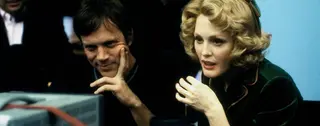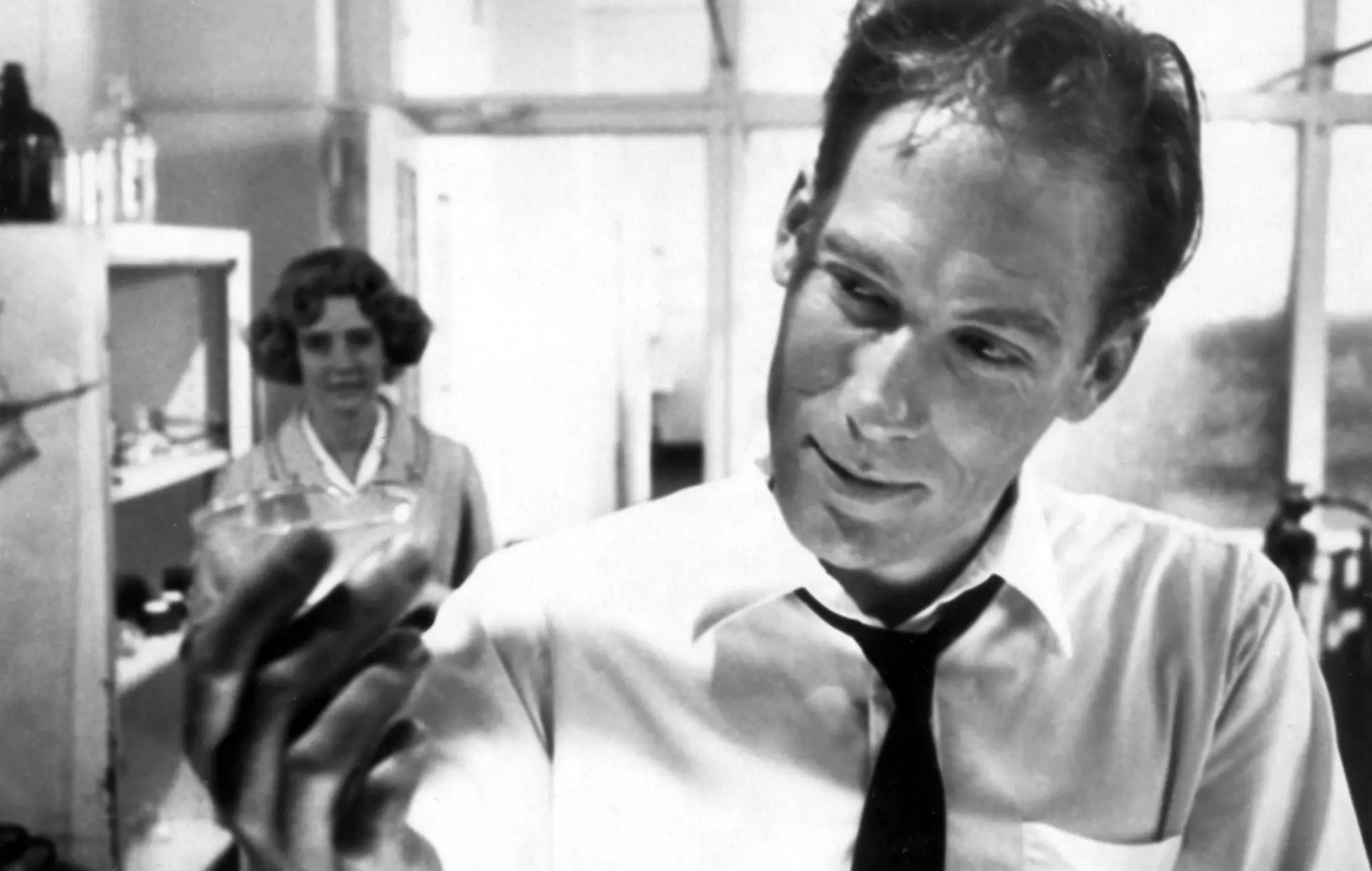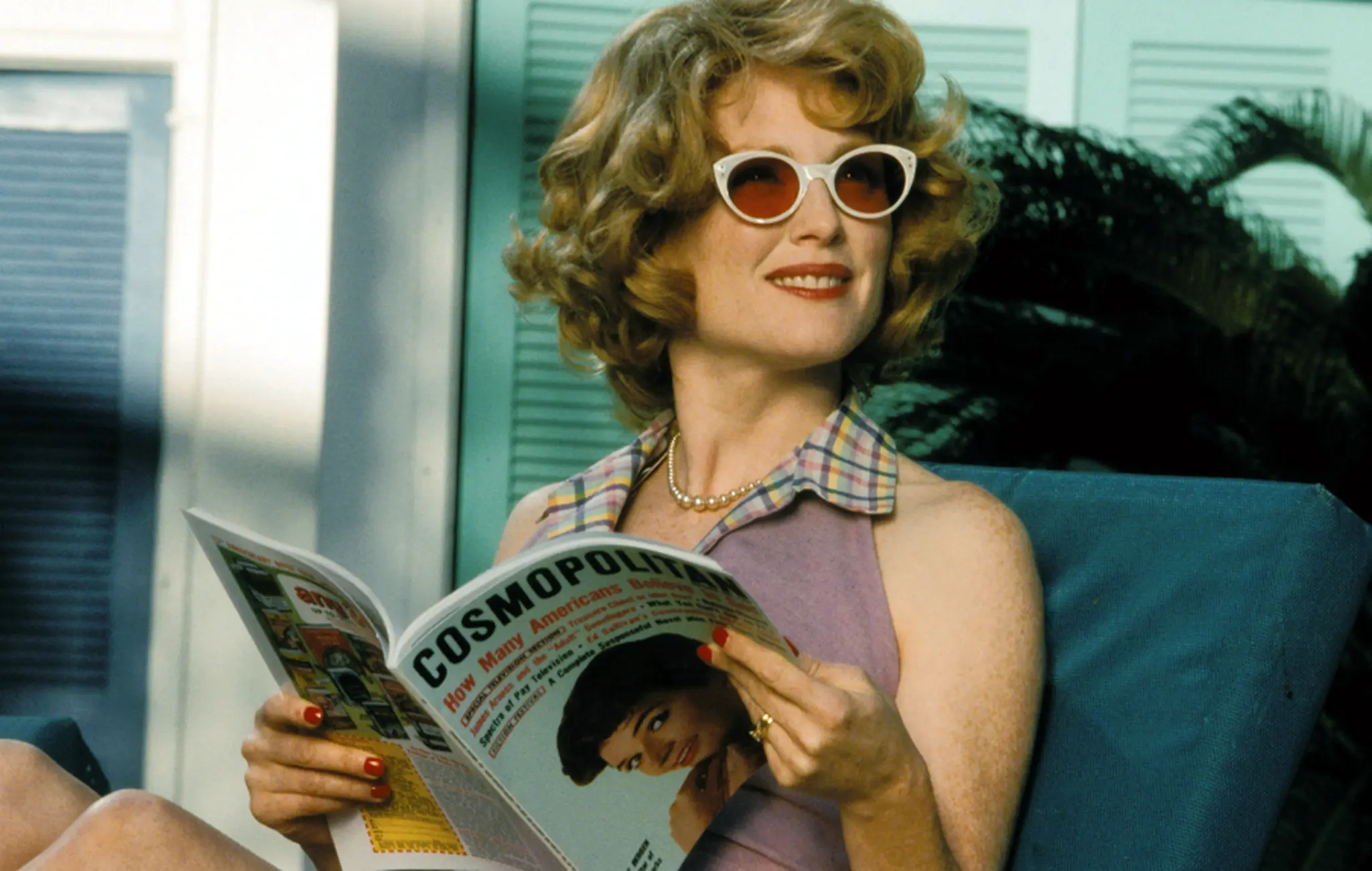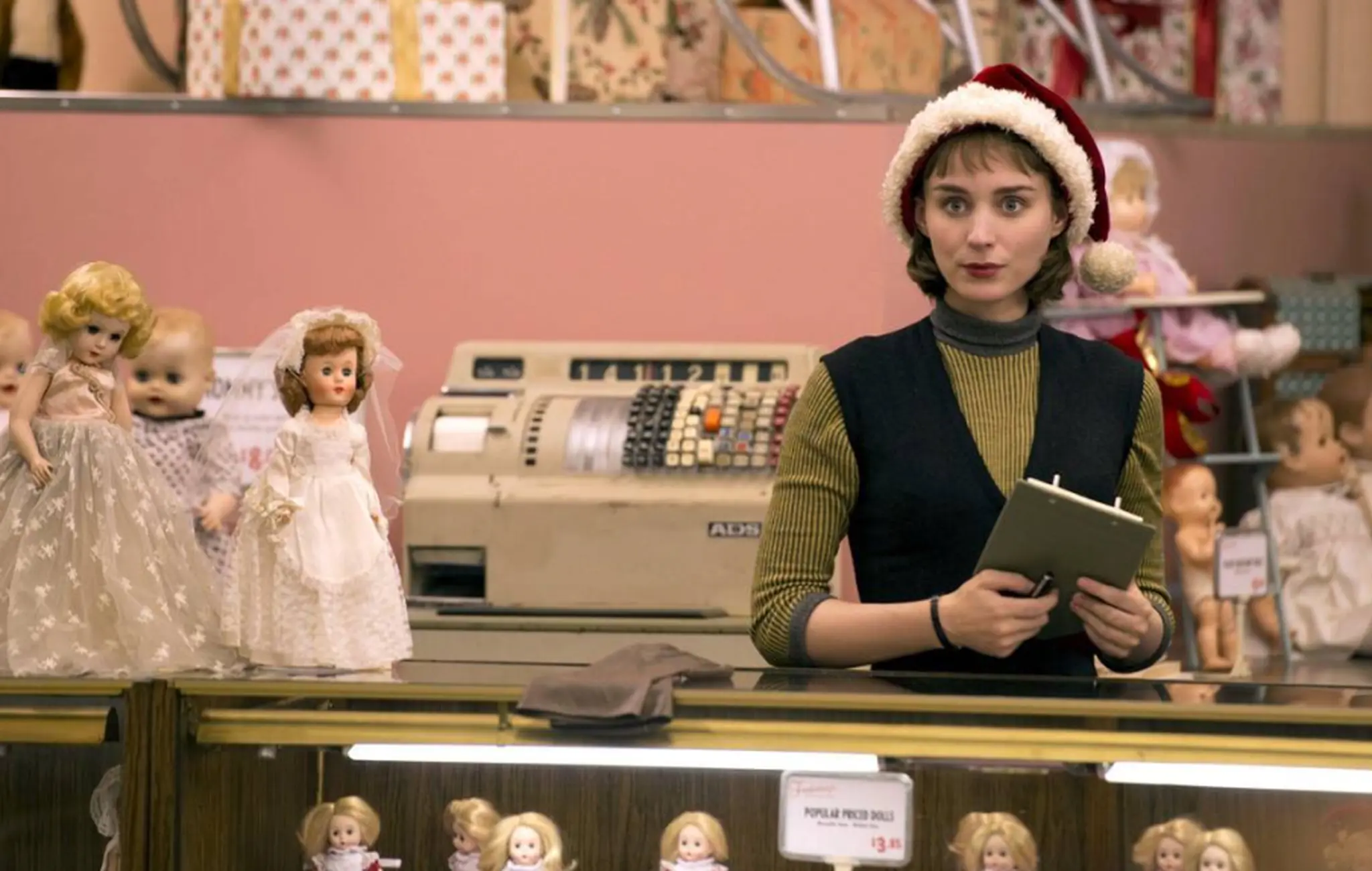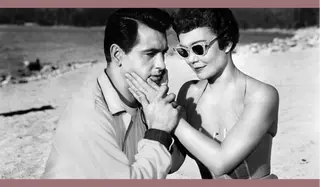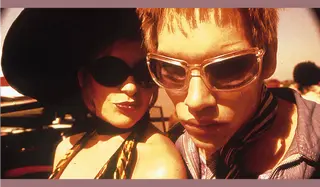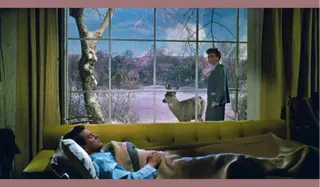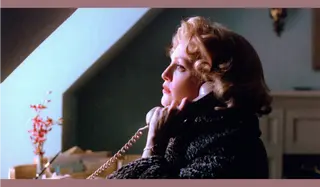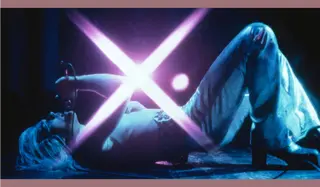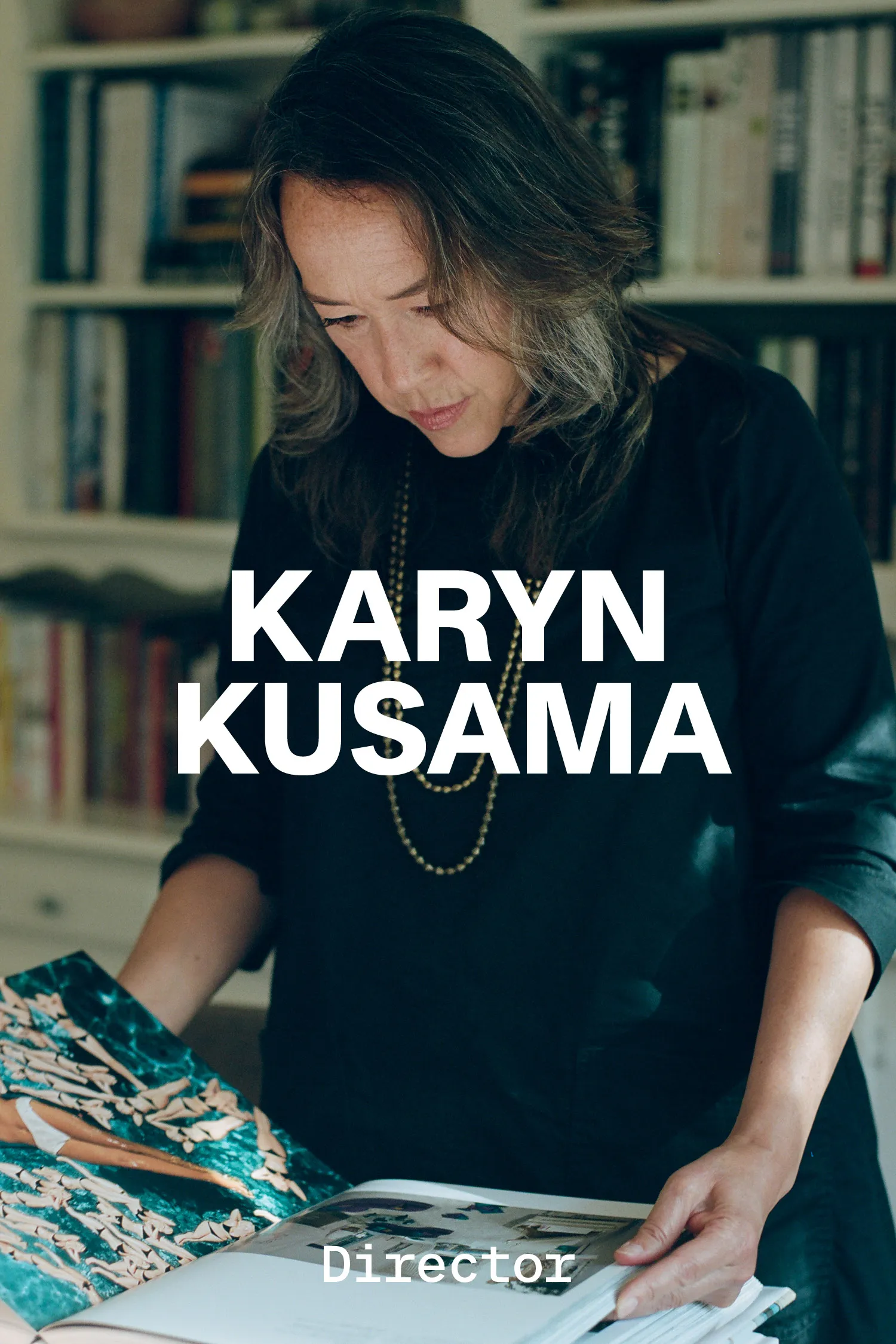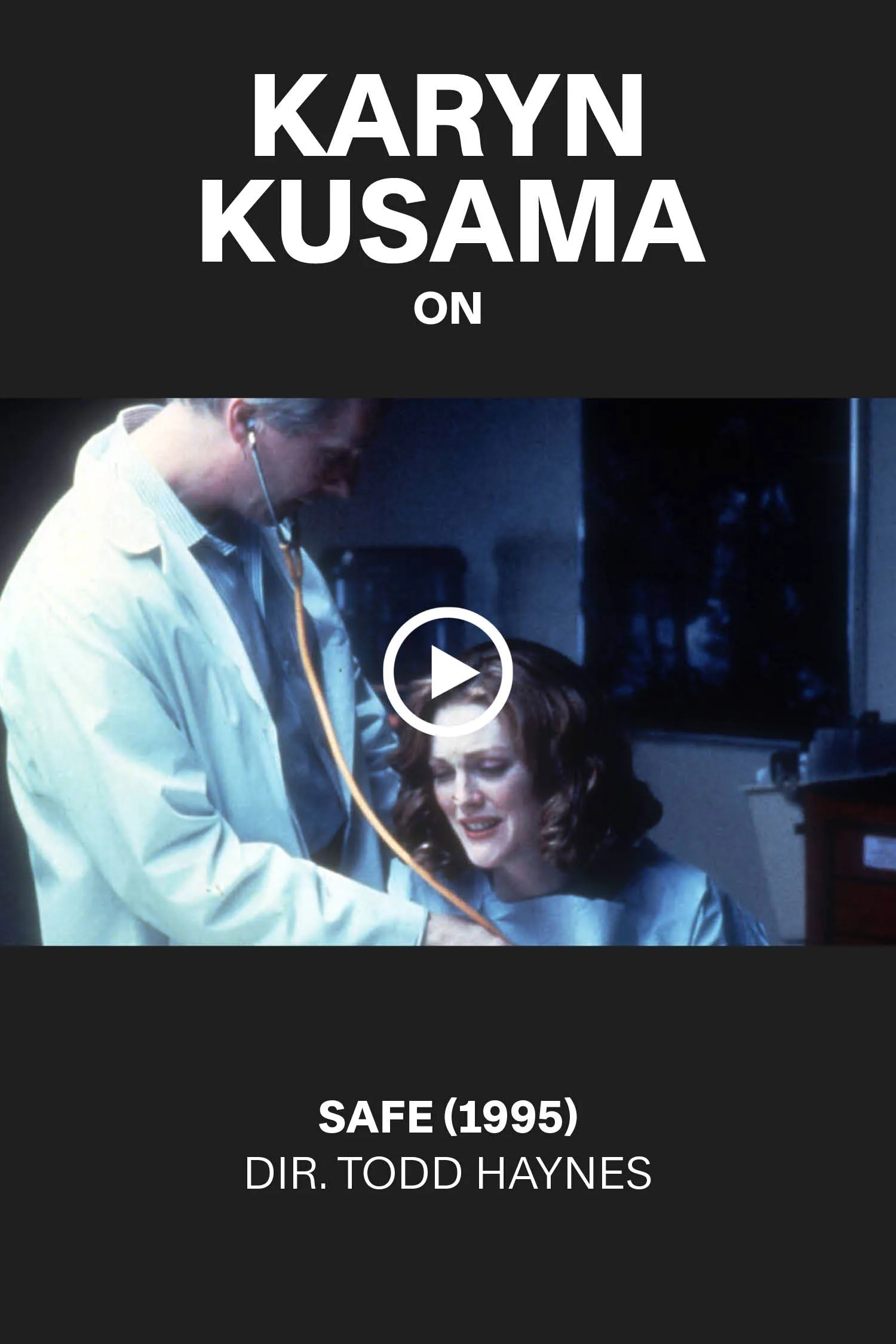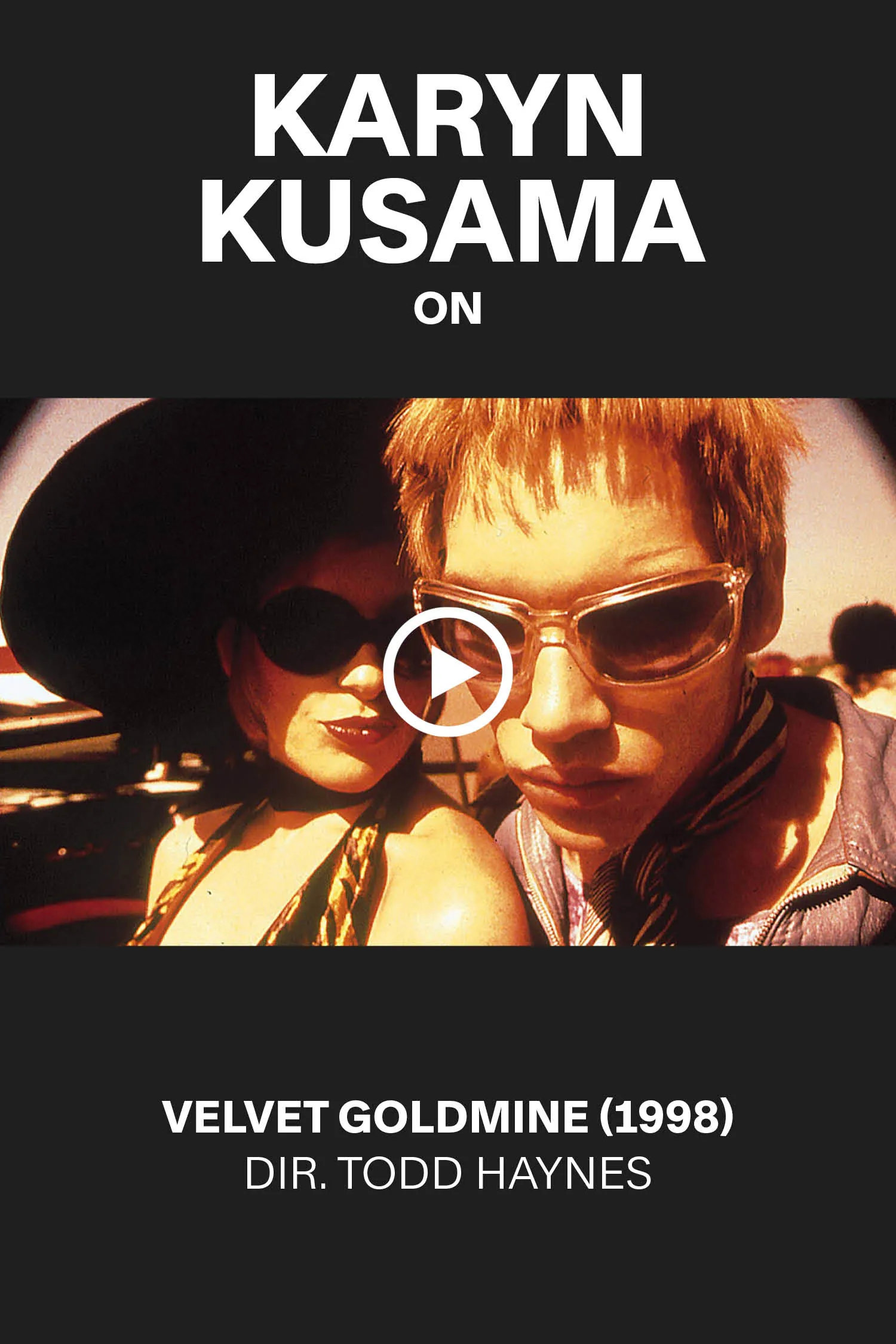Todd Haynes: Backward Glances
By Stephanie Bunbury
![]()
Todd Haynes and Julianne Moore on the set of Far from Heaven
Todd Haynes:
Backward Glances
The auteur explains his attraction to classic films, where slick surfaces and strict social codes conceal teeming complexities
By Stephanie Bunbury
April 4, 2023
With the release of his Sundance Grand Jury Prize–winning feature Poison in 1991, Todd Haynes established himself as a leading light of the New Queer Cinema, which spurned the heroic and romantic conventions of mainstream films to approach questions of identity and desire from radically different angles. Haynes’s other landmark works—Safe (1995), Far from Heaven (2002), Carol (2015) and the popular miniseries Mildred Pierce (2011)—have centered on women characters wrestling with the temptations and terrors of living at odds with society’s (and frequently their own) expectations. His latest, May December (2023), is another delicious challenge to conventional mores: In it, Julianne Moore plays a woman who is jailed for sleeping with an underage acquaintance, but who ends up marrying and building a family with her victim upon release. The California-born director has also stretched cinematic form to investigate pop culture and performance, including Superstar: The Karen Carpenter Story (1987), which he cast with Barbie dolls, and his deliberately scattergun glam-rock drama Velvet Goldmine (1998), which draws heavily on David Bowie’s Ziggy Stardust period. Haynes’s filmmaking often reimagines the cinematic vernacular of times gone by, and he cites the ‘50s melodramas of Douglas Sirk as a profound inspiration—Far from Heaven explicitly draws on Sirk’s All that Heaven Allows (1955) and Imitation of Life (1959) but upends the source material by surfacing its buried themes. At a retrospective of Sirk’s work at the Locarno Film Festival, we sat down with Haynes to talk about “reading” cinema as a cultural document and the powerful allure of the past.
From left: Poison (1991), Far from Heaven (2002), Carol (2015), Superstar: The Karen Carpenter Story (1987)
At the Locarno Film Festival, you delivered a talk about Douglas Sirk’s great melodramas of the 1950s and gave an introduction to your own Sirkian melodrama, Far from Heaven. Most of your films are period films. What’s the attraction of films about an earlier time?
Making a film set in the past is about as close as you can get to time traveling. You have to consider every single component of the time and place, and that’s a great pleasure for me: an absolute, voracious, hungry pleasure that I love to fulfill each time. I’ve also learned during the rough years of Covid and Trump that I take refuge in watching films from the past—and the past being a massive category, it’s an infinite. But sometimes I’m just an old fart.
But you are also a committed queer filmmaker. Watching Rock Hudson, a gay man, go through his closeted paces in Magnificent Obsession, I wonder what draws you so powerfully to a time you could regard as hostile territory?
I think we’re in as repressive and as worrying a time now as I can ever remember. Things have happened that are so not encouraging about how modern, sophisticated and mature we may have thought ourselves to be. Losing Roe v. Wade! And I find a lot of contemporary media to be kind of too perfect. Everything’s a fairy tale. Everybody has to be a positive representation of everybody, while cinema of the past shows darkness, conflict and all kinds of disturbing things. And that’s where I think there’s way more truth and way more complexity to discover. You don’t have to checklist positive identity representation when you look at films from the past. You understand it in context, as part of a history that has changed and as part of an evolution that’s always imperfect. I think there is a sense that reading is necessary when looking to the past, in ways that we don’t necessarily apply to the present. But I think that reading is essential, period. We have to do as much, if not more, reading of a film [that’s] set in the present.
From left: All That Heaven Allows, dir. Douglas Sirk, 1955; Velvet Goldmine, dir. Todd Haynes, 1998
Is that why you have set so many of your films—Velvet Goldmine, Poison, Far from Heaven—in the past, to throw light on the present?
I think that as soon as you put a frame around your story, you have to read it at some level. And simply by putting something in the past, you’re putting a frame around it—let alone exploring degraded kinds of genres like melodrama that we think are beneath us, and going, Wait a minute, there is actually something really complicated being described by this genre. It’s always been really interesting to me to assume a certain sophistication on the part of the viewer, that they know all kinds of genres and they’ve seen a lot of things, and not just spoon-feed them but maybe create some boundaries they can negotiate. And letting them do what all narrative requires, which is to make it real for themselves. It’s all about the power of the viewer.
Watching the Sirk films in Locarno, there were moments when their sentimental excesses drew a mocking laugh from the audience. Can we still watch these films without being thrown off course by how quaint or naive they can seem?
I think it’s just one of the many, many ways that you’re reading the time and place in which these films are being made. It’s not natural—and what is fundamentally unnatural about living, being alive and living our lives is what you have to confront in Sirk. It’s disquieting. It’s something that Rainer Werner Fassbinder talks about, you're mostly looking at shots of people looking at each other across the room. The camera rarely occupies the gaze of the subject. And so you're observing little pieces of society, playing themselves out inexorably toward some unhappy outcome. You're not sutured into it. You’re kind of pushed out of it. And you have to observe it and think about it.
From left: All that Heaven Allows, dir. Douglas Sirk, 1955; Far from Heaven, dir. Todd Haynes, 2002
We aren’t good at that. Because of the smartphone, people are not allowed to be bored in today’s culture. You never get contemplative space.
Yes, that’s really true. You don’t know what to do with yourself when it’s a dead or [an] inactive moment. Also, we are searching for distractions at every moment, which is symptomatic of a culture that is a little bit ill, I think.
Do you see that reflected in the films being made now?
The way streaming has changed what movies are and the way we think about the form—because everything has to be episodic and endless, and the formal aspects have sort of drifted away—that I don’t care for.
“IT’S ALWAYS BEEN REALLY INTERESTING TO ME TO ASSUME A CERTAIN SOPHISTICATION ON THE PART OF THE VIEWER.”
So when you make films that hark back to another era, do you see yourself making films that are about film—about the history of cinema—or about your experience of life?
I think it’s both. What’s amazing about film in general is that we are very uncertain when it comes to distinguishing the two. It’s impossible not to understand the way we read our own lives and experiences through the prism of movies. People often say, when they have a crisis or a worrying experience, that “it’s like a movie.” It’s as if you can’t really conceive of some experiences without that filter. Narrative cinema, in particular, combines and encodes the essential forces in life: desire, capitalism, identity, the ways we see ourselves and think about ourselves. It’s a window into human nature and modernity, I guess.
From left: Safe, dir. Todd Haynes, 1995; Velvet Goldmine, dir. Todd Haynes, 1998
Your films have often invited us to think about queer culture, once seen as transgressively “other” but increasingly normalized. How does that changed perception affect your ideas about queer identity?
One interesting thing about the New Queer Cinema [of the ’80s and early ’90s] was that it happened in the midst of AIDS when, very much unlike today’s mandate for positive representation of African Americans and gay and trans people, gay people were being objectified, pathologized and stigmatized. The films of the New Queer Cinema were often about a sort of inherent criminality in homosexuality: Leopold and Loeb in Swoon, my own film Poison, or Gregg Araki’s The Living End, which was about two men who were HIV positive and set out to become criminals on the road in a kind of romantic act of dissent. The instinct was not to just make everything nice and acceptable and domesticate the gay subject. It was to keep the gay subject as a threat to dominant normalcy and heteronormativity, as we would later call it.
And that is a really interesting instinct, when you’re talking about the subjugated figure and how to engage with the outsider. It’s something I think is important not to forget: a kind of militancy, a sense of being in opposition, a sense of resistance to attempts to make everybody feel included at the same table. Because what is that table? Who decided that’s the table? All these questions get effaced when you are just trying to make everybody feel good again.
